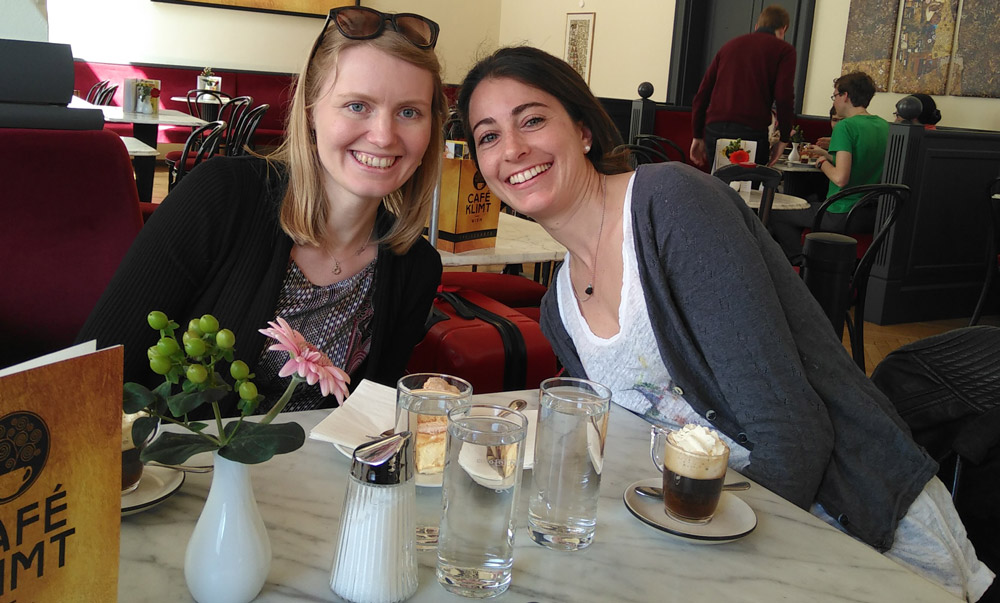#42: Connecting female hydrologists worldwide: an initiative born at GIUZ
Two early career researchers initiated the WomenInHydrology group. This online platform enables female hydrologists to advertise jobs and workshops or to find collaborators, fellows or mentors.

It was during a coffee break of the H2K group (Hydrology and Climate) at GIUZ in early 2020 that we discussed the fact that much less women than men subscribe to scientific workshops. A quick google search confirmed us that a mailing list to specifically reach out to many female hydrologists had still been missing in the hydrologic community. The WomenInHydrology Google Group was created on 31st of January 2020 and since then the group grows every week.
Fix the leaky pipeline
Plenty of evidence exists for gender biases in geoscience fields leading to a disproportional decline of female scientists as they advance in their career. This phenomenon is nowadays known as the leaky pipeline. Several actions have already been undertaken to "fix" the leaky pipeline, such as creating mentoring programs, providing facilities for child day-care, or supporting careers with female-specific grants. By initiating WomenInHydrology we want to further extend the list of means by providing an online platform for an active scientific exchange between female hydrologists.
Networks for the exchange between female scientists
A supportive scientific network with mentors as well as discussions within female allies are key to build confidence in our (female) work and to encourage women to actively participate in the scientific community. Particularly, a lack of suitable networks for the exchange between female scientists is seen as an important factor affecting the gender bias in currently men-dominated networks. WomenInHydrology is our way to enable such a network for a large number of female hydrologists at a global scale. It provides the opportunity to advertise jobs and workshops, to find collaborators, fellows or mentors, or to find support in specific hydrologic or career related issues.
Currently, the WomenInHydrology group counts 237 members from 39 countries around the world. However, most of the members work in Switzerland, Germany, Great Britain, Canada and the USA. We hope to extend our network and to also reach female hydrologists from other less well represented countries. If you wish to subscribe to the mailing list or if you need more information, please visit this website.
Anna E. Sikorska-Senoner (GIUZ) and Sandra Pool (Eawag, former PhD student at GIUZ)
_20200425_1000.jpg)